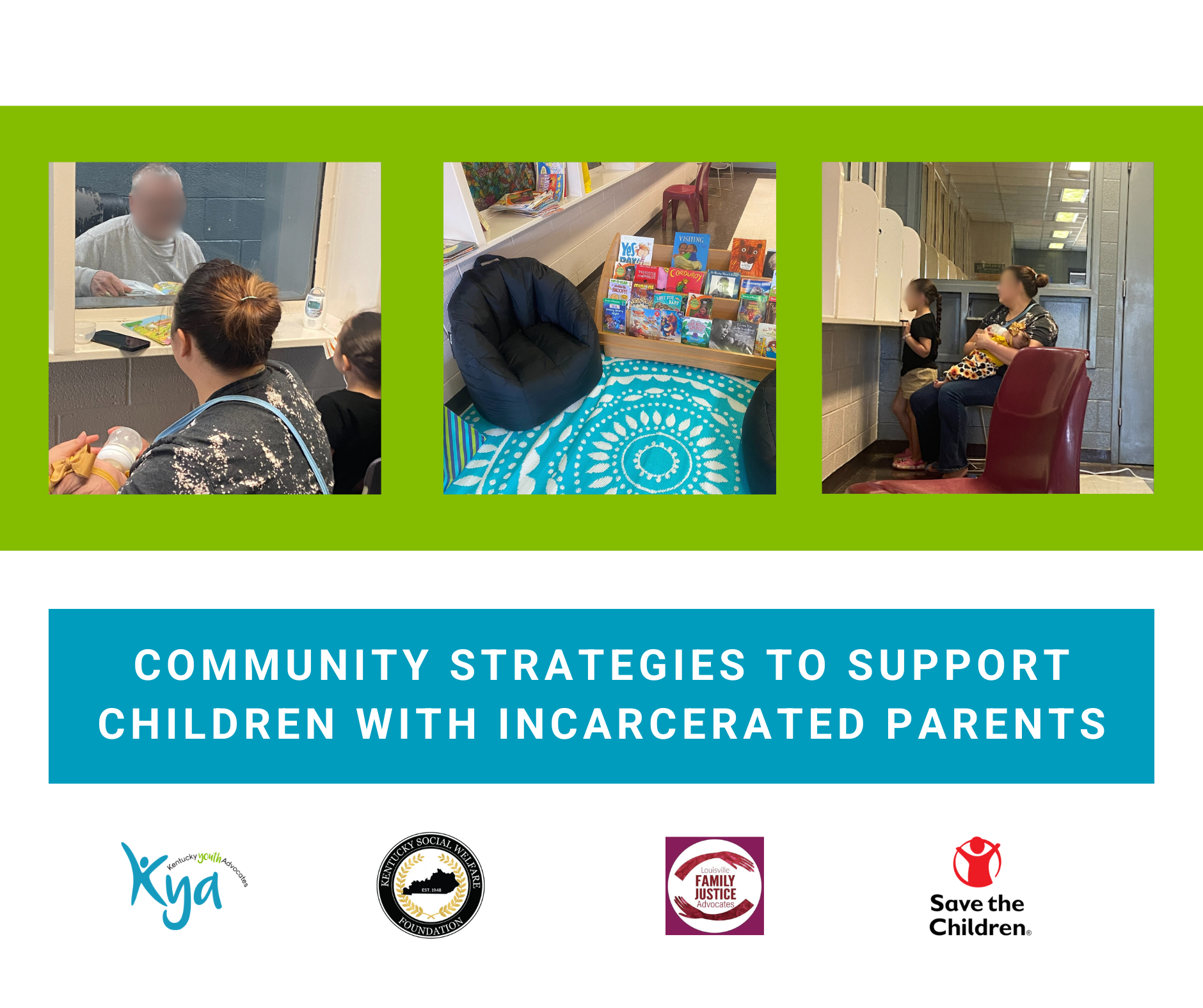 Health does not exist in a vacuum. Health is impacted by more than having health insurance and going to the doctor. The County Health Rankings and Roadmaps project, a partnership between the University of Wisconsin and the Robert Wood Johnson Foundation, understands this. They work to understand what’s making people sick or healthy and then figure out what communities can do to impact that.
Health does not exist in a vacuum. Health is impacted by more than having health insurance and going to the doctor. The County Health Rankings and Roadmaps project, a partnership between the University of Wisconsin and the Robert Wood Johnson Foundation, understands this. They work to understand what’s making people sick or healthy and then figure out what communities can do to impact that.
According to the newest annual rankings released today, Oldham County has the healthiest residents in Kentucky and Floyd County is the least healthy county in the state. The rankings also take into account health behaviors, like smoking, physical inactivity, and excessive drinking; physical environment, like safe drinking water and access to recreational facilities; and social and economic factors like children in poverty and violent crime rate.
The links between health and the other factors are clear. It is also clear that until we tackle factors like poverty, family supports, and improving education – it will be difficult to see improvements in the health of Kentuckians.
The experts with this national initiative aren’t the only ones aware of the interconnectedness between health and other factors. Communities across Kentucky are working to improve the health in their community. A few communities in Eastern Kentucky including Raceland and South Shore recently passed ordinances that will help make their communities friendlier to active modes of transportation, like riding bicycles and walking. This will make it easier and safer for individuals to take part in these activities. Other communities are working on making their communities smoke-free to reduce secondhand smoke exposure and smoking rates. Some of these local efforts are also bubbling up into statewide initiatives such as Smoke-Free Kentucky.
A key way to improve health is to improve the economic stability of Kentucky families. One approach to do this is enacting a state Earned Income Tax Credit (EITC). The EITC is a proven method to keep working families out of poverty. It would improve outcomes for children and is correlated with improved math and reading comprehension and healthier babies.
The EITC is just one example of how we can improve the financial security of working families, and in turn, improve their health. This is a small investment that can make a difference. We need lawmakers to muster the courage to pass this – and other policies that will have big impacts on health, like a state-wide smoke-free law. It’s too late to tackle these issues now – but plenty of time to prepare for 2014.
So what can we take away from these rankings? While they are interesting, the rankings should not be the focus. The focus should be on how the rankings can bolster community dialogue on what’s working and opportunities for improvement. They should inspire lawmakers to take action to address key factors that impact health. And, they should remind all of us that we can play a role in improving health as individuals and as communities across county and state lines.






Leave A Comment